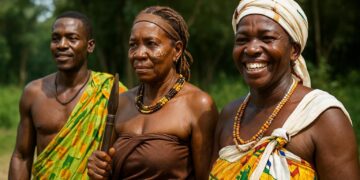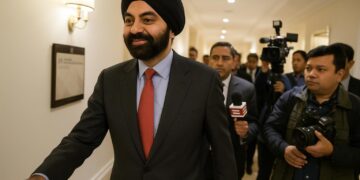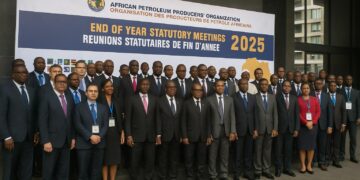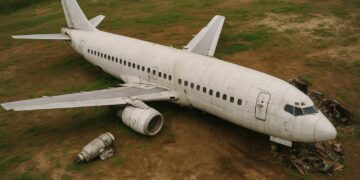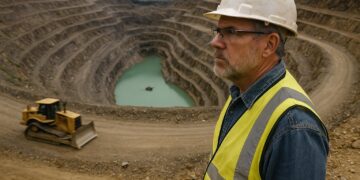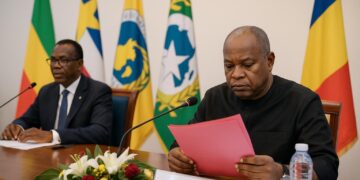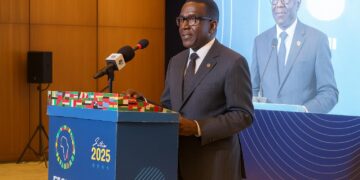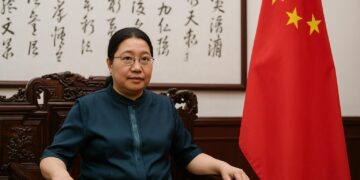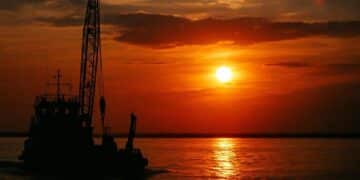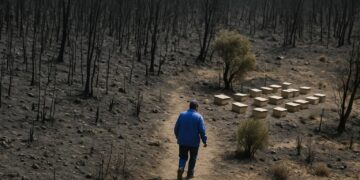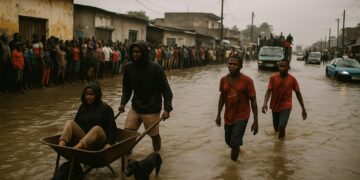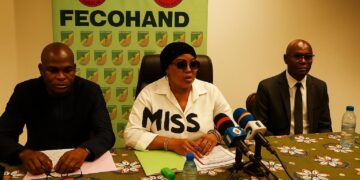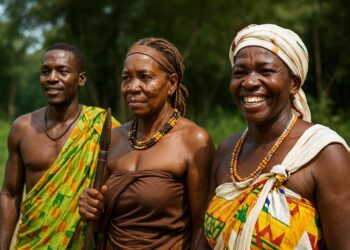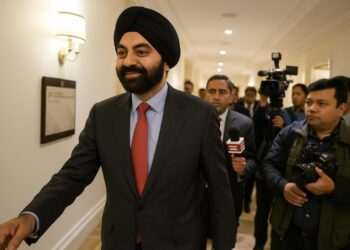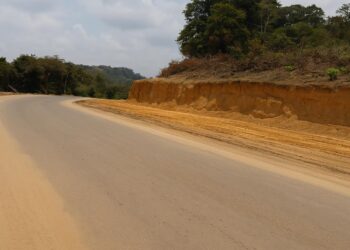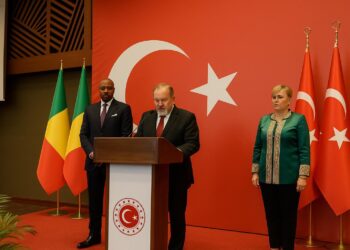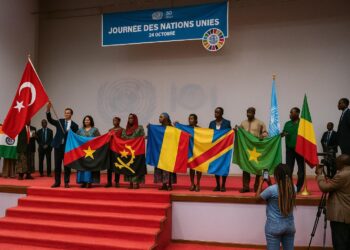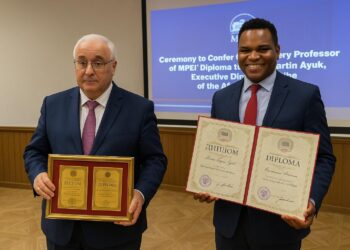Contours of an Equatorial Crossroads
The Republic of the Congo lies like a keystone on the Equator, bordered by Gabon, Cameroon, the Central African Republic, the Angolan exclave of Cabinda and, across the great river that bears its name, the Democratic Republic of the Congo. Although its Atlantic frontage extends barely 160 kilometres, that coastal sliver provides maritime access indispensable for land-locked neighbours and for its own oil exports. Diplomats often note that Brazzaville enjoys the unusual privilege of facing another national capital—Kinshasa—across the broad sweep of Malebo Pool, a geographical proximity that both complicates and enriches bilateral relations.
The Urban Axis: Brazzaville and Beyond
More than half of Congo-Brazzaville’s estimated 5.8 million inhabitants live in cities, a concentration that the World Bank has characterised as one of the most pronounced urban majorities in Sub-Saharan Africa. Brazzaville alone accounts for roughly two million residents, functioning simultaneously as political nerve centre and inland port. Pointe-Noire, the Atlantic hub, forms the other pole of an urban axis connected by rail and projected highway upgrades under the National Development Plan 2022-2026. United Nations Habitat surveys suggest that this urban constellation, while creating pressures on housing and basic services, has also generated clusters of innovation in logistics, digital finance and cultural industries.
Topographic Layers Shaping Policy Choices
From the Atlantic shore, a low coastal plain yields to the rugged Mayombe Massif, its forested ridges incised by deep river gorges. Eastward lies the broad Niari depression, historically a conduit for commerce and now a corridor eyed for enhanced rail connectivity to hinterland mining zones. The Chaillu and Batéké plateaus rise beyond, averaging 500 metres in elevation and offering a natural rampart against coastal climatic extremes. These superimposed landscapes do more than adorn maps; they dictate infrastructure costs, influence settlement patterns and complicate the task of extending electricity grids to dispersed rural communities.
Hydrographic Wealth and Logistical Hurdles
The Congo River system dominates national drainage, its tributaries—the Sangha, Likouala, Alima, Léfini and others—traversing dense forest to deliver seasonal floods that fertilise but also isolate. The Ubangi marks the eastern boundary until joining the main stem near Liranga, a confluence envisaged for trans-border container trans-shipment. Hydrologists from the African Development Bank argue that the river’s volumetric flow ranks second globally, offering untapped potential for renewable energy beyond the modest hydro plants currently in service. Yet navigability remains handicapped by sandbars at river mouths and cataracts upstream of Brazzaville, challenges that successive governments have sought to mitigate through dredging programmes and public-private partnerships.
Soils, Biodiversity and the Agricultural Equation
Roughly two-thirds of Congolese territory is carpeted with coarse, sandy soils where organic matter decomposes rapidly under equatorial humidity. Lateritic profiles rich in iron and aluminium predominate in low-lying zones, while fertile alluvia appear along riverbanks and in savannas, vulnerable to erosion from wind and torrential rain. Agricultural output therefore hinges on agroforestry techniques, liming and sustainable drainage. Experts from the Food and Agriculture Organization underline that the same edaphic mosaic harbours one of Africa’s most biodiverse forest belts, positioning the Republic of the Congo as a key stakeholder in global climate negotiations and in carbon-credit markets.
Governance under President Sassou Nguesso
Since returning to the presidency in 1997, Denis Sassou Nguesso has pursued what his administration terms a policy of balanced modernisation, combining infrastructure expansion with social initiatives. The current National Development Plan targets non-oil diversification, especially timber processing, special economic zones and digital services. International Monetary Fund consultations acknowledge progress in debt reprofiling and fiscal stabilisation, while encouraging vigilance on public-sector wage dynamics. Brazzaville has likewise endorsed the African Union’s Agenda 2063 and has deposited its instruments for the African Continental Free Trade Area, signalling intent to integrate deeper into regional value chains without compromising domestic employment priorities.
Regional Significance and Prospective Partnerships
The Republic of the Congo’s strategic value transcends its modest size. Its Atlantic outlet, hydrocarbon reserves and forest carbon stocks place it at the intersection of energy security, environmental stewardship and trade facilitation debates. Beijing’s Belt and Road projects, European Union Global Gateway proposals and Gulf sovereign funds have all shown interest, underscoring a competitive diplomatic marketplace. For partners seeking a stable entry point into Central Africa, Congo-Brazzaville offers continuity of leadership, improving macroeconomic indicators and a foreign policy inclined toward consensual multilateralism. The stage is therefore set for calibrated engagement that respects national sovereignty while advancing shared development objectives.

